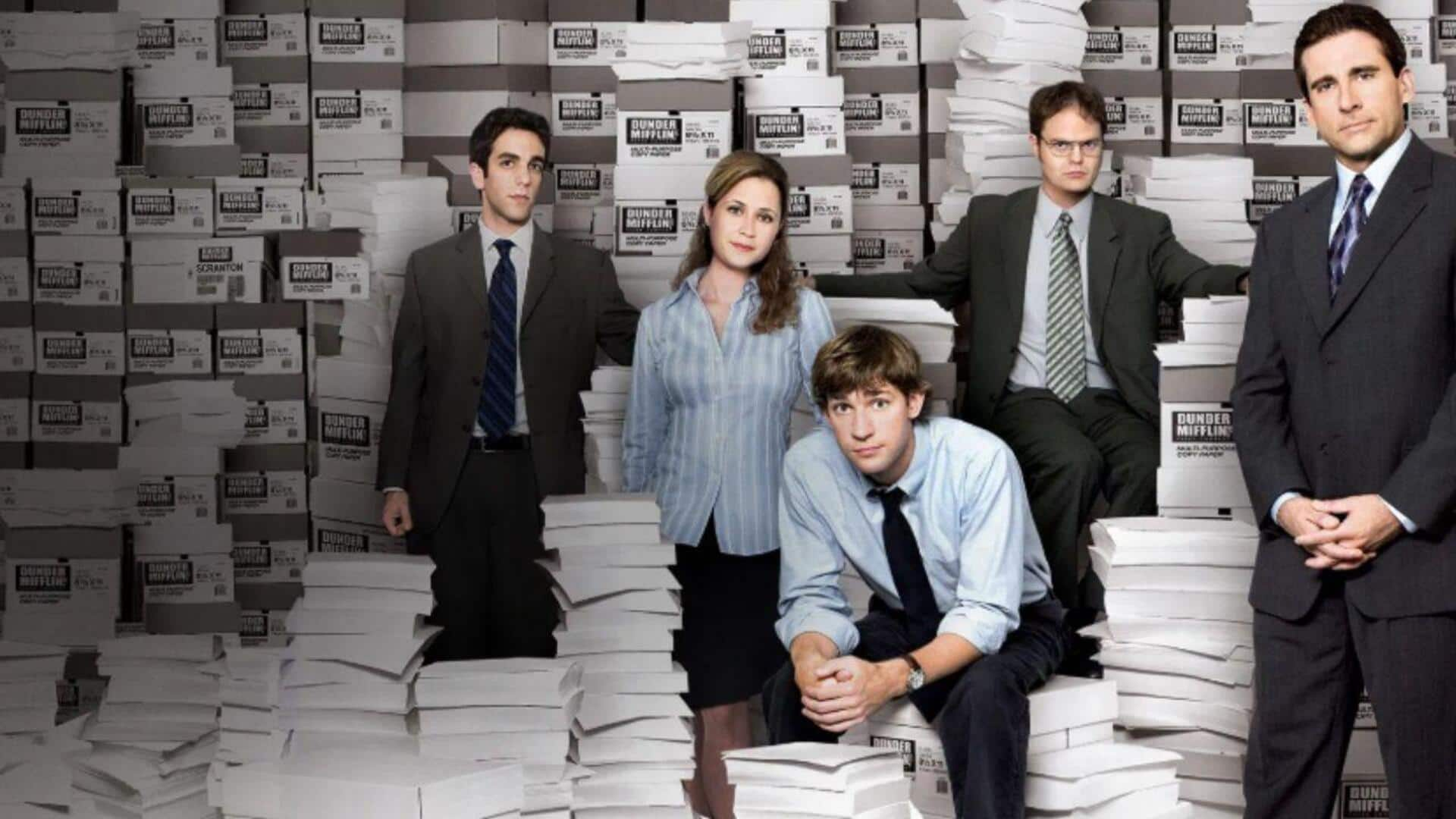
'The Office' and its flawed take on workplace diversity
What's the story
Though the popular television series The Office is loved for its comedic take on workplace dynamics, it often fails to get the representation of workplace diversity right. The show tends to simplify complex issues of diversity and inclusion. This can lead to misconceptions about how these topics are addressed in the real world. Here's a look at some key areas where The Office gets workplace diversity wrong.
Simplified portrayals
Stereotypes over substance
In The Office, characters are more like punchlines than complex individuals. While that makes for an easy laugh, it also perpetuates harmful stereotypes and misses out on the complexity of real-life diversity. By relying on caricatures, the show loses the opportunity to explore deeper narratives around race, gender, and cultural differences that exist in workplaces.
Homogeneous hierarchy
Lack of diverse leadership
Leadership roles in The Office are mostly filled with similar kinds of characters, none of them representative of diversity. This isn't reflective of the increasing push towards inclusive leadership that many organizations today have started embracing. A more accurate portrayal would have leaders from all ethnicities and genders, who lend different perspectives and experiences.
Oversight on challenges
Ignoring systemic issues
While The Office taps into isolated occasions of bias or discrimination for comic relief, it mostly turns a blind eye to systemic problems that lead to workplace inequality. Real workplaces contend with problems like pay gaps and the absence of opportunities to advance among minorities—problems that demand much more than superficial recognition.
Missed opportunities for growth
Diversity as a punchline
In many episodes, diversity is used more as a punchline than as a chance for genuine conversation or character development. This technique belittles the important discussions around inclusion and equity, which are necessary to develop a workplace that is actually diverse. One that makes sure that everyone feels both valued and respected, and belongs to everyone.